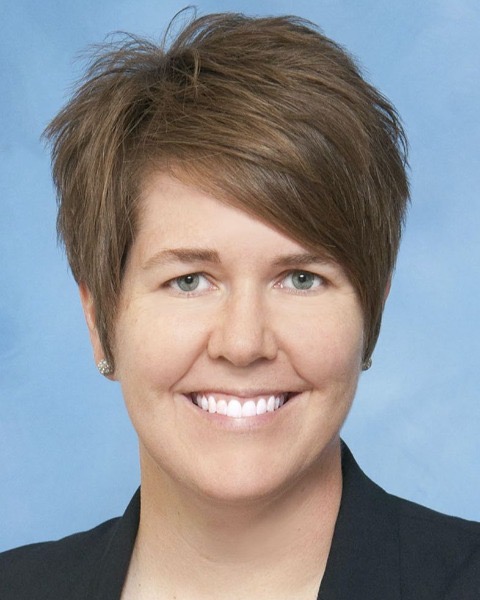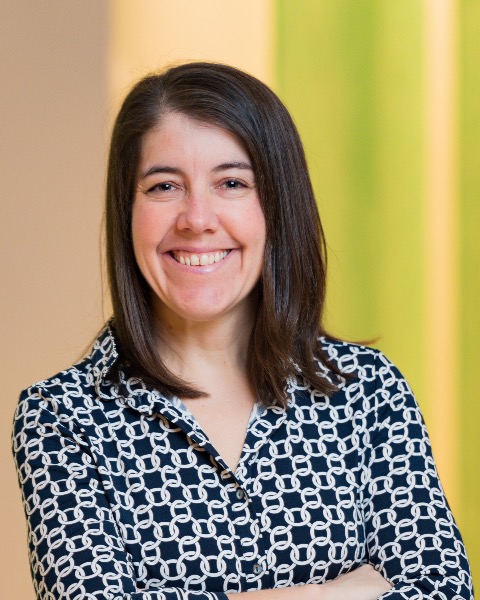Breast
E34: Impact of Intraoperative Consultation with Frozen Section versus Cavity Shave Margins on Need for Re-excision and Operative Times

Jasmine C. Walker, MD, MA, MPH (she/her/hers)
Breast Surgical Oncology Fellow
University of Michigan
Ann Arbo, Michigan, United States
Jasmine C. Walker, MD, MA, MPH (she/her/hers)
Breast Surgical Oncology Fellow
University of Michigan
Ann Arbo, Michigan, United States
Jasmine C. Walker, MD, MA, MPH (she/her/hers)
Breast Surgical Oncology Fellow
University of Michigan
Ann Arbo, Michigan, United States- EC
Ellen Chapel, MD
Assistant Professor of Pathology
University of Michigan, United States - JE
Joseph Evans, MD, PhD
Associate Chair, Department of Radiation Oncology
University of Michigan, United States 
Lesly A. Dossett, MD, MPH (she/her/hers)
Associate Professor of Surgery, Division Chief of Surgical Oncology
University of Michigan
Ann Arbor, Michigan, United States
Tasha M. Hughes, MD, MPH (she/her/hers)
Clinical Associate Professor
University of Michigan
Ann Arbor, Michigan, United States- JJ
Jacqueline S. Jeruss, MD, PhD
Associate Dean for Regulatory Affairs, Professor of Surgery
University of Michigan, United States - MS
Michael S. Sabel, MD
Professor
University of Michigan, United States - MP
Melissa Pilewskie, MD
Clinical Associate Professor, Director of the Breast Care Center
University of Michigan, United States
ePoster Abstract Author(s)
Submitter(s)
Author(s)
Positive margin status after lumpectomy for breast cancer is a strong predictor of local recurrence. A variety of techniques are used to decrease the rate of positive margins after breast conserving surgery. Strategies used at our institution have most commonly included routine intraoperative pathology consultation with frozen section (FS) margin analysis or utilization of cavity shave margins (CSM). We sought to identify differences in rates of re-excision for positive margins and operative times when implementing these two strategies.
Methods:
Retrospective chart review was conducted and operative times were compared for lumpectomy alone (n=587) or lumpectomy with sentinel lymph node biopsy (n=915) between January 2017 and August 2023. Information regarding use of either FS (n=1183) or CSM (n=267), final margin status, and need for re-excision were collected. Cases utilizing a combination of margin evaluation techniques were excluded. T-tests were used to compare re-excision rates and operative times between groups.
Results:
A total of 1502 cases were performed during the study period. Either FS margin analysis or CSM was used in 1450 cases. FS margin analysis was used in the majority of cases performed (FS=1183, 82%; CSM=267, 18%), with a more recent increase in the use of CSM. There was no difference in re-excision rates with either technique (FS: 11.8% vs CSM: 9.3%, p=0.18). Operative times were available for 1410 (97%) cases. There was a significant reduction in average operative time (minutes [SD]) with use of CSM compared to FS (CSM: 59 (23) vs FS: 77 (30), p< 0.0001), regardless of whether sentinel lymph node biopsy (SLNB) was performed. For lumpectomy alone, CSM was associated with a 22-minute decrease in operative time (CSM: 52 (21) vs FS: 74 (29), p< 0.0001). When SLNB was performed, there was an 11-minute decrease in operative times with CSM (CSM: 68 (23) vs FS: 79 (31), p< 0.001).
Conclusions:
Use of intraoperative consultation with FS margin analysis and CSM are both effective means of obtaining negative margins in breast lumpectomy and have similar rates of positive margins requiring re-excision, though FS is associated with a significant increase in operative times. The time saved with CSM can result in decreased patient anesthesia exposure time and have clinically meaningful impact on operative scheduling when multiple cases are performed on a single day.
Learning Objectives:
- Upon completion, participant will be able to list two effective methods to evaluate positive margin status after breast lumpectomy.
- Upon completion, participant will be able to describe rates of re-excision for positive margins with intraoperative consultation with frozen section margin analysis versus cavity shave margin analysis in breast lumpectomy.
- Upon completion, participant will be able to evaluate differences in operative times with use of intraoperative consultation with frozen section margin analysis and cavity shave margin analysis in breast lumpectomy.
